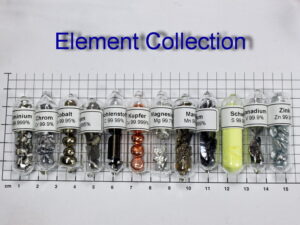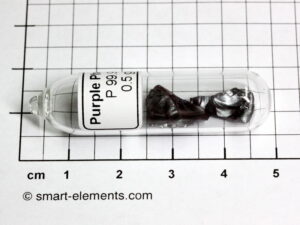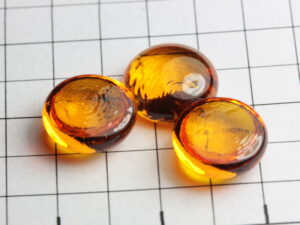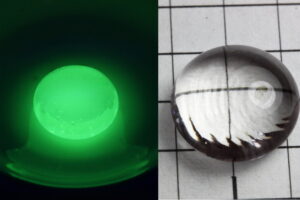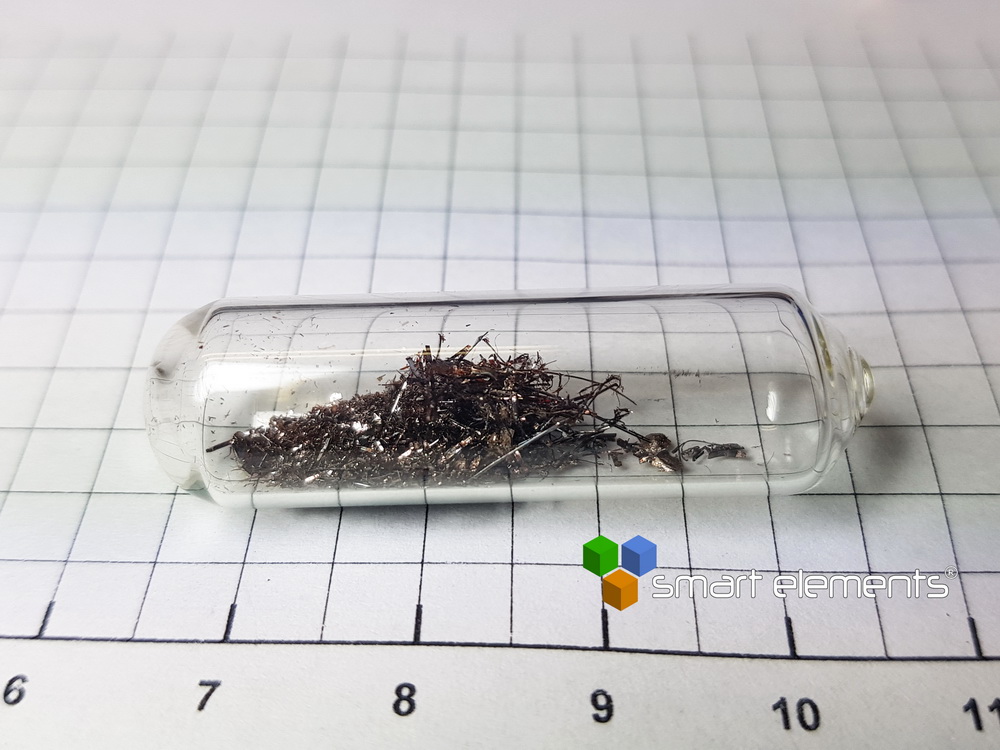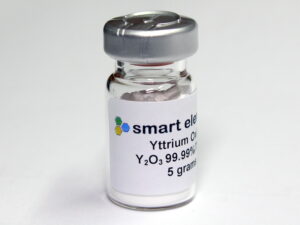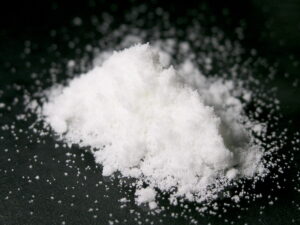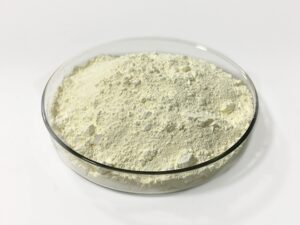o-SiP orthorhombic Silicon phosphide
Properties: Copper-shining, red translucent crystal platelets. Air stable, stable in conc. non-oxidizing acids. Melting point ~ 1110–1130 °C
Orthorhombic SiP (o-SiP) is a 2D layered crystal and may have a significant impact on optoelectronic technologies.
Differentialscanning calorimetry (DSC) and thermogravimetric
analysis (TGA) curves show that o-SiP is thermally stable even
at a temperature of 1045 °C. This is very important for device
fabrication and practical applications. Unlike graphene, o-SiP
has an appropriate band gap that is determined to be 1.7 eV.
Bulk o-SiP is a p-type semiconductor with a carrier mobility
of 2.034 × 103 cm2 V−1 s−1, which is tenfold that of MoS2. The
photoresponse properties of o-SiP were investigated by excitation
using a 671 nm laser with different powers of 20, 40, 60,
80, 100 and 120 mW, respectively. Its appropriate band gap
and high enough carrier mobility, together with clear photoswitching
behavior and relatively fast response, make it possible
for o-SiP to be a 2D electronic and optoelectronic
material.
